"THE BRAND WAS BORN FROM BEING FROM THIS PLACE, YOU KNOW, IT'S INTRINSIC WITH THE DNA OF THE BRAND.IT WOULDN'T BE SHAPING UP TO BE WHAT IT IS IF IT WASN'T BASED IN A RESURGENT SEASIDE TOWN. IT FEELS LIKE IT CARRIES THE COAST WITH IT"
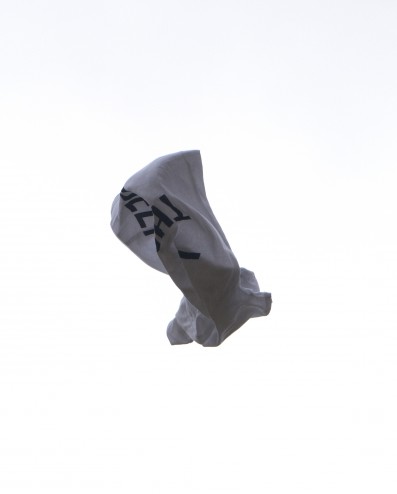
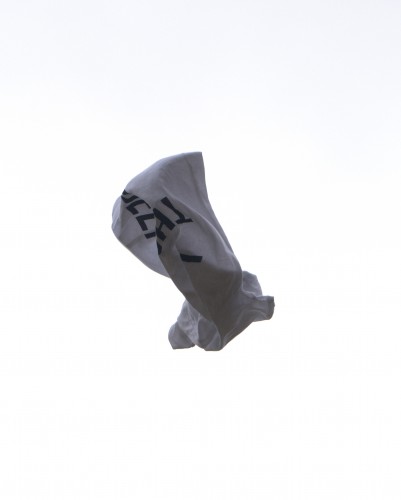
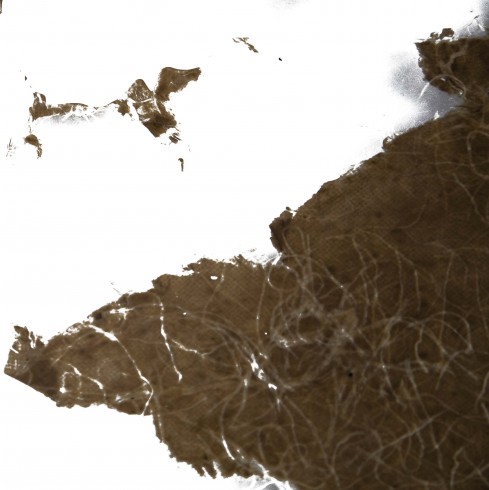


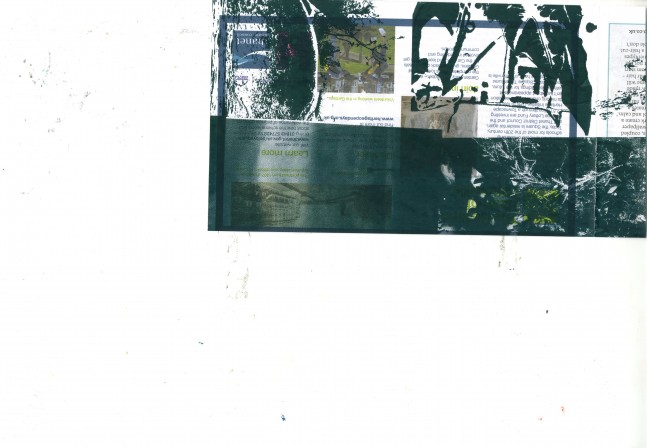
I tried to this many years ago with my old label. I tried to change all the production into organic. I had a contract with Topman at the time and everything was going to cost more. A T-shirt was going to cost 50p more, a sweatshirt would cost £1 which in the shops actuates to about £4 and £6 something and they said no. Then there have been years where cotton crops have been poor and so the price goes up. So, the risks are market prices. Like at the moment...Vegetables in Spain, who would’ve thought? Cotton is the same. There is growing conditions, market conditions but the risks for us is our supply chain. What if there is not enough people around the world buying this Yarn from our yarn supplier and the next time we order a palette load they haven’t got it and they’re not gonna make it again. It’s like, we have just spent 2 years developing the fabric, developing the cuts doing three/four seasons worth of stuff and the next time we go and order yarn, they haven’t got it. That’s just blown two years out of the water and about fifty grand. That would be a real piss up. But I think adverse is an amazing thing to be able to challenge yourself to do other things. We have invested so much in our supply chain now, that if we had to move anything it would have quite a big impact. We can find different factories to do our CMT, it would just cost more. We could find a different fabric supplier but we would have to bigger minimum order which would cost more. It just wouldn’t be financially stable. Things like that are just huge challenges. The sustainability part of it relies upon, I think, there being a bigger enough demand from people to make sure it keeps on coming. That goes back to the farming and if they’re paid enough for the cotton. If they’re not then they are not going to grow it. It is a growing market. In the U.S they’re growing more and more organic cotton but they are keeping it for themselves. That market gets it so we can’t import organic cotton from the US because their demand meets their supply quite happily. So, then we have to ask ourselves, India cotton growers...their yields are lower so they grow less so need to be paid more. You hope these things balance out. I try not to think about it.
I guess you’re feeding into quite an old fashioned, ridiculous structure. You were talking about the gender side of things and Selfridge’s:‘this is genderless clothing’. It’s just grey T-shirts. There’s no exciting design language involved in any of that, it’s like grey is neutral and gender is a neutral thing apparently. There is a lovely design language here which is open to everybody, because it’s curved doesn’t make it feminine, like you say.
It’s built from a different story. It isn’t about gender really. The traditional cuts we have to adapt to sizing but I really dig the one size fits all stuff at the moment, because actually it’s a real challenge to be able to make that look good on everyone and I think when you achieve it, you think that’s brilliant.
What is the risk of creating something completely sustainable?
You have a really wide audience, are you ever surprised at who wears your designs?
I can’t predict who it’s going to be and I have better things to do than try and force that to happen, so we just push it out there and let people pick it up as they like it. It’s all sorts of people, I can’t even guess whose going to be wearing it.
Age is not a thing, it just depends what your thing is. The difficult thing about that, is we are in a very fluid, socio political environment and you don’t even know what someone’s going to say next. You could give it to someone and then they go and say something completely stupid that you’re like I don’t agree with a single thing you just said and you’re wearing the stuff that I thought would be good for you. I’d rather give it to someone who shares our philosophy than our style. I don’t really care if they share our style or not, I want them to share our philosophy and care about the environment and people and all of that. Rather than then being into wearing sportswear. I think that’s a safer channel. Not only a safer channel but that’s what I care about. I’d rather those people wear it than someone who is wearing it for aesthetics. What a worry that would be, if someone turned out and said something bad...it’s like, you fucking racist, misogynist motherfucker...Jesus Christ. But what you gonna do? Not give it out?
"WE DECIDED TO BE IN MENSWEAR BECAUSE I'M LAZY AND DIDN'T WANT TO DO ANYTHING ELSE. BUT IT'S VERY UNISEX, THESE SHAPES ARE COMPLETELY UNISEX."
Knowing that it’s certified isn’t enough. What we do is ask for where it is spun, where it is grown and so on. We are now in the process of compiling little dossiers of that information so we know for the future and not only for that but so we can share it. In this industry, like many others, people don’t share their information very well. I think that really stunts growth, especially with what we are doing. If we didn’t tell people where to get this fabric made in the UK or where our yarn is imported from, we wouldn’t be doing our job properly. Although it’s out USP to a certain extent, it’s the worlds USP and we haven’t got much longer to keep fucking it up. If we do this in our way and it works and someone else comes along says ‘I’d like to do it your way’, then I’ll tell them how to do it and if they do it better than me that’s great, I can retire.
I am curious about the organic cotton farm in India. How do you know they don’t use pesticides and are getting paid right?
Everything is born from what’s outside these doors. The prints are taken directly from the coastal environment. This oversize aesthetics that have been coming forward in contemporary menswear, I don’t know where everyone else gets it from, but this came from fisherman’s smocks which go over the top of heavy knits. We names our ray hoodie this because it’s based on a sting ray. They are oversize because they go over the top of everything else, so when the weather turns a little bit shitty, you put on this kind of waxed cotton, smock type thing. It needed to be oversized to be able to go over the top of what else you are wearing. Then we developed the silhouette through looking at yes, sea life but you know treading on jelly fish and things and going ‘omg’…But yeah, that’s where our shape comes from and that’s where most of things develop from. Just the panelling and structure of our basic garments come from that as well. Just by putting in the lower sleeve which is a curve, curves are kind of like the sea roads, those curves in bays, the waves have those curves but we don’t want to interpret it literally so that it looks like a pasty short cliché of a story. It is its own story, it doesn’t really need us to be
so obvious. I’ve always wanted to design in an intelligently, witty way. When I was younger I designed in a teenage boy way, which was really funny. Brilliant, hilarious, I just had so much fun designing cheap gags, really cheap gags. like T-shirts with graphics of like calling cards on and the number was my mates phone number...He would get these calls from people..he had to change his number eventually but at a time when mobiles were just like, 14 years ago, that was funny. I’d be screwed if someone did that to me now, I would be pissed.
When we were indigo dying I was wearing something and it splashed a bit on my T-shirt and it was like dark blue on black and it looked great so I just bunged it in the dye. We made a sweatshirt in it, same print as we had before, re-interpreted for winter which kept a continuity and no waste, there is no waste of design…Job done. But as I put everything on the rail in London I was like “shit”, that needs a pair of shorts with it, so I came back and made a pair of shorts, took them to Paris and it turns out the freshest thing on the rail is the thing that people start picking up and buying. A friend who had his own store, used to say, if he was to wear something at night he would just take something off, wear it out, bring it back the next day and put it back in the shop, it was the first thing that would sell...It’s like it has an energy to it. It has a freshness to it.
Does the coast inspire your designs?
It is pleasing to get to this point after a year of showing that we have an identity that people get easily. It’s unequivocal what it is and where it’s going. That’s interesting for me. I kind of fall in and out of love with designing all the time. Points like six months ago I was like, what is the fucking point? My job isn’t to make pretty things, or good looking things. There’s loads of talented people to do that. My job is to design a choice and so in designing this with the philosophy that we do, with the sustainability and lower environmental impact, it’s organic materials, it’s local sourcing and manufacturing, we are providing a design choice; it is just wrapped up in a pretty package I suppose. It’s interesting that we are now selling a choice and people get that. As a product, I am most interested in that part of it. I fall in and out of love with designing. When it goes right and it clicks, it’s really great fun, when you’re sending emails all day, it’s like fuck off, that’s not designing...I can’t be bothered.
You see some great brands and great products, I just don’t like the world of it, there’s this sycophantic kind of clammer for brands that are just like..I mean what the fuck is Supreme? Jesus Christ. Yeah, it’s great but it’s like, really, honestly, what is the point? It’s just a bunch of different stuff, which yeah is nice enough, or not...it depends who you are, it depends what glasses you have on. What is good though, is if you scratch the surface and there is something else there, if there is a sub-culture that really owns that or if there is a group of designers that have something to say and the world takes it on and flies with it then that’s brilliant. If it’s just a surface kind of, ‘let’s make this pretty thing and stick it out there’, that’s not the thing for me. I’m not worried about aesthetics.
Do you feel your philosophy as a brand and what you are communicating is more important than the design process?
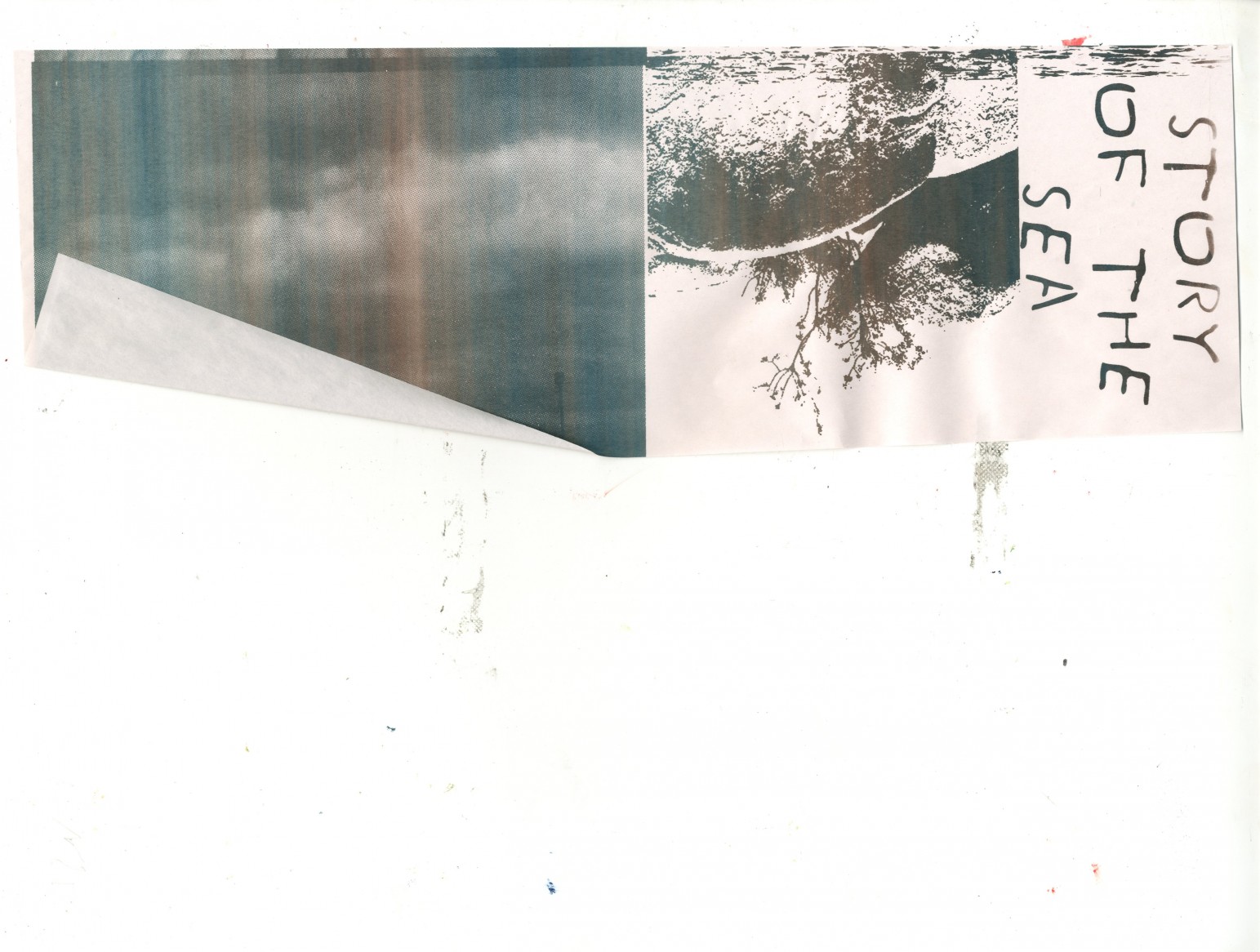
Well margate is this sort of bonkers creative community and the producer of the band called ‘The Very
Best’...He lives here and was going on Jooles Holland with Mumford and Sons and they were like you know, ‘hook us up!’ Lots of people have been like that. There’s lots of musicians down here and if they’re ever doing stuff like that it’s great to just share the love. I don’t know who the ideal person is, if they are into it and really like the feeling of what we’re doing and the style suits them, then that’s cool. If it looks ridiculous and it’s not for them then there’s no point, but yeah, that was all from local connections really. I think a lot of models are broken, like I don’t know if the PR model works any longer. As in you pay a PR company a retainer to do monthly work for you and it’s like, does that relate into sales for small brands? Absolutely not, it’s a waste of money but you’ll get told otherwise, all the time. For bigger brands, it’s not really about that, it’s about visibility. Visibility is always good but it’s got to translate into sales, it has to. Although maybe not, for this, if it was financially sustainable and we could make money from talking about what we do, then it is just about visibility. Everyone saying, ‘oh I saw it here and there’, is excellent. That’s brilliant, perfect, that’s what I want you to see. I want you to see everything, it’s just less hassle if I’ve got to make more of it. Brilliant. The income is actually made from the visibility rather than the product sales. I’d never want to be selling thousands of units of something, that just sounds like I would need a rest.
How did you get your shirt on the The Very Best?